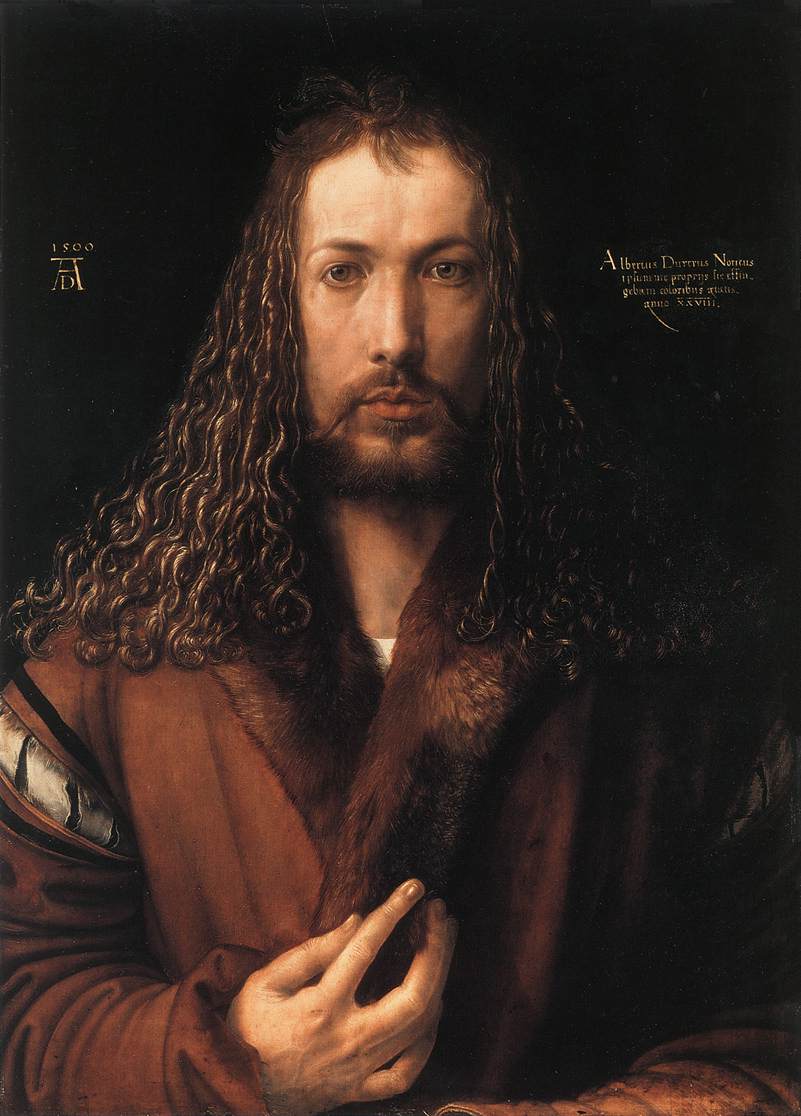

At the end of the 15th century, when the Renaissance in Italy was already approaching its extinction, the Northern Renaissance reached its climax, and in the sky of the northern sky its star lit up, in versatility and depth of talent, comparable to the famous Florentine Leonardo da Vinci, and the name of this greatest German artist – Albrecht Durer. He is recognized as the largest European master of woodcuts, raising it to the level of real art. The first art theorist among northern European artists, the author of a practical guide for artists in German. The founder of comparative anthropometry. The first of European artists who wrote an autobiography.
Albrecht Durer was born May 21, 1471 in the family of goldsmiths in Nuremberg. Durer had eighteen children, of whom eight survived. The future artist was the third child and the second son. His first teacher was his father, but, not wishing to associate himself with the craftsmanship of the jeweler, at the age of 15, Albrecht was sent to the workshop of the leading Nuremberg artist of the time, Michael Wolgemut.
In 1495, Dürer in Nuremberg opened his own workshop and over the next ten years created a significant part of his engravings. In 1498, Anton Koberger, publisher and godfather artist, released the “Apocalypse”, woodcut for which was performed by Albrecht Durer. This work brought him European fame.
Duerer’s engravings on copper, just like woodblock prints, are distinguished by the variety and depth of thought, the light, clear mood, the reflection of all-round talent and the inexhaustibility of fantasy. Combining in his works engraving techniques grabstihelem and needle, he brought their technique to a high degree of perfection, and the small silvery tone of his engravings and the subtlety of the work eclipsed everything created in this way before his appearance.
Albrecht Durer carried out many engravings to order, and from 1512 the main patron and customer of the artist becomes Emperor Maximilian I, who granted the artist an annual pension.
At the end of his life Durer worked a lot as a painter, during this period he created the most profound works. One of the most important paintings of recent years is the diptych “Four Apostles”, which the artist presented to the City Council in 1526. Albrecht Durer died on April 6, 1528, at his home in Nuremberg.